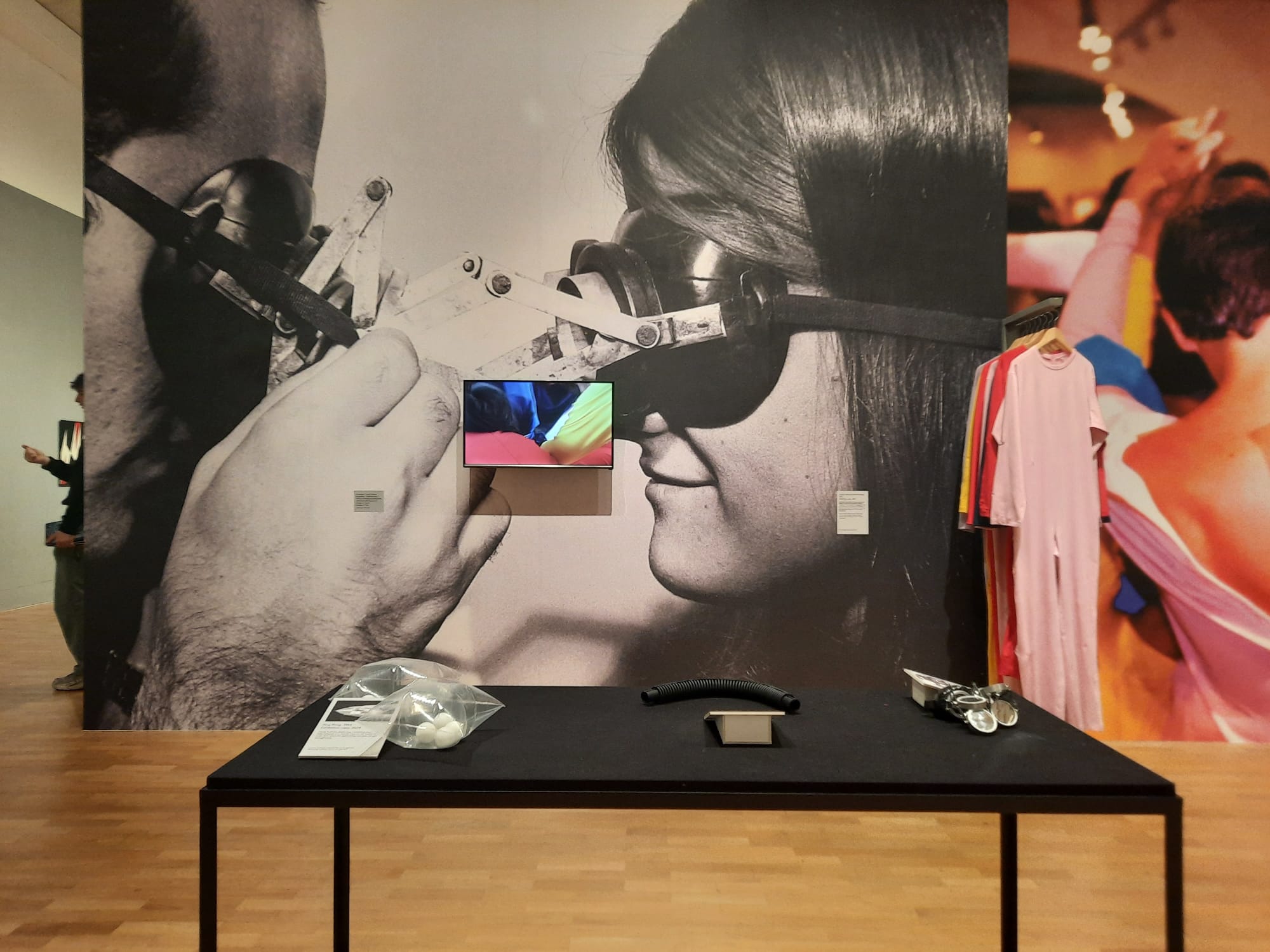Lygia Clark: The I and the You // Sonia Boyce: An Awkward Relation – Whitechapel Gallery, London
A pairing of exhibitions at the Whitechapel Gallery introduces me to two artists whose audiences are at the forefront of their work. Whether they sit successfully in dialogue is another question.
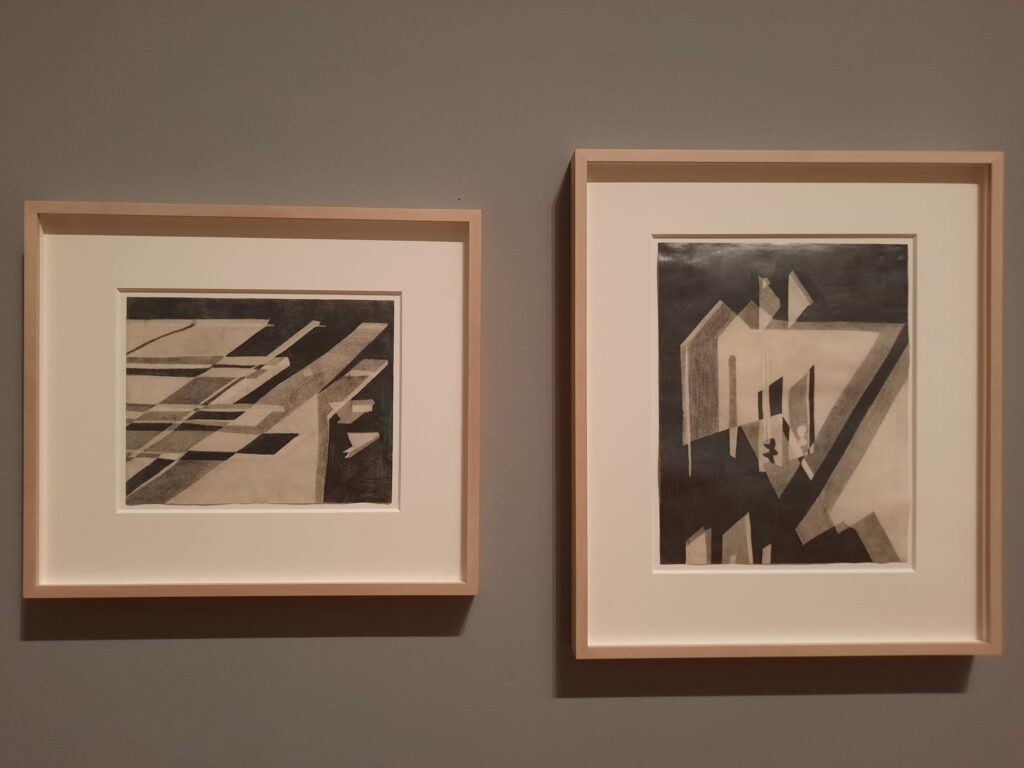
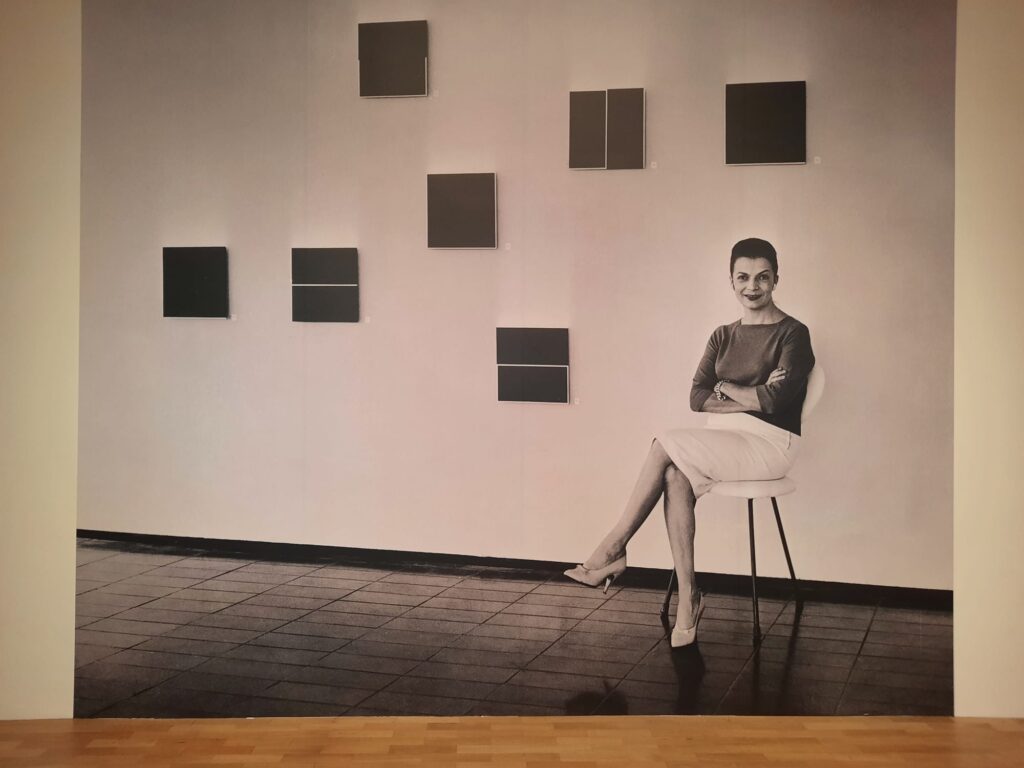
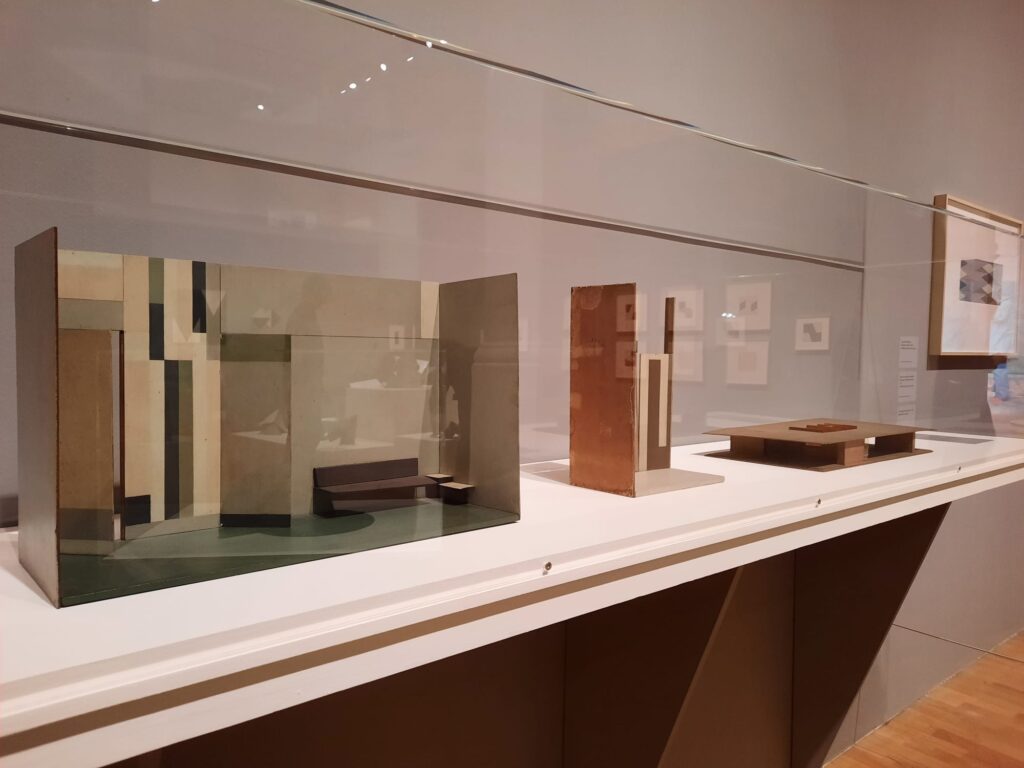
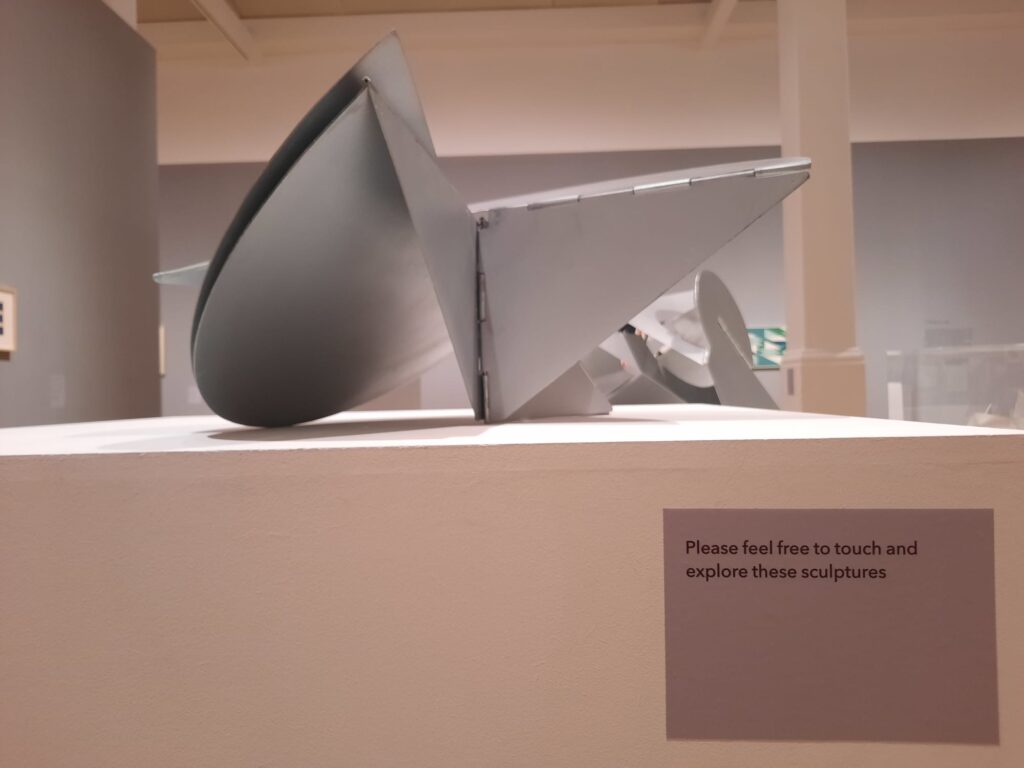
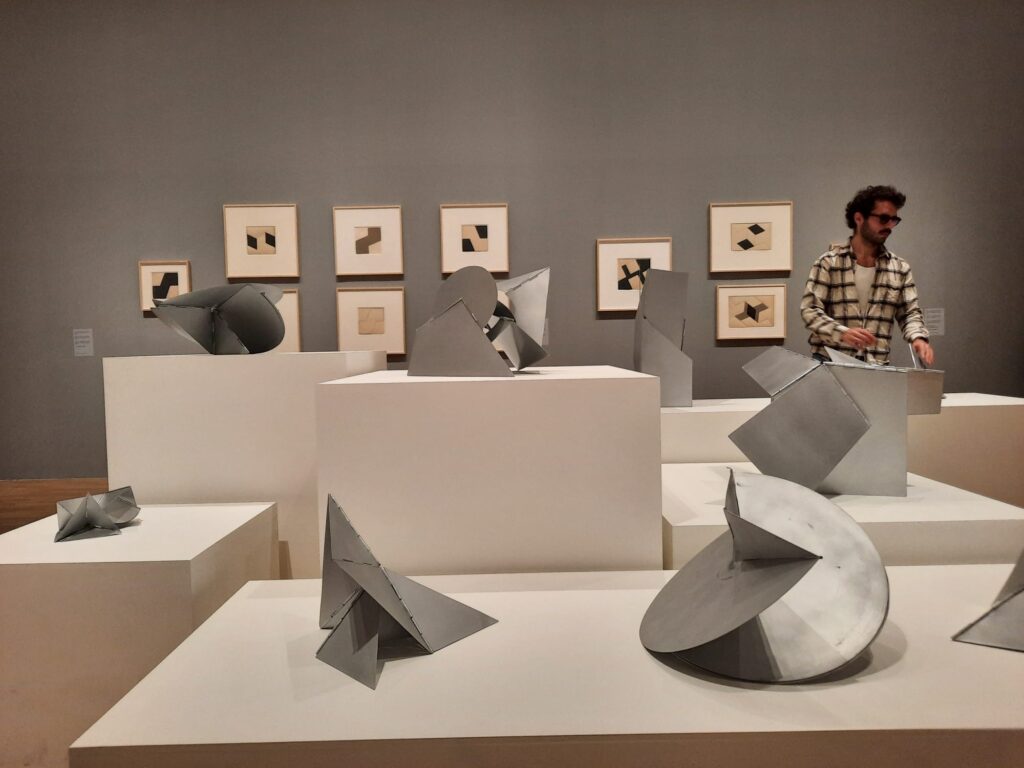
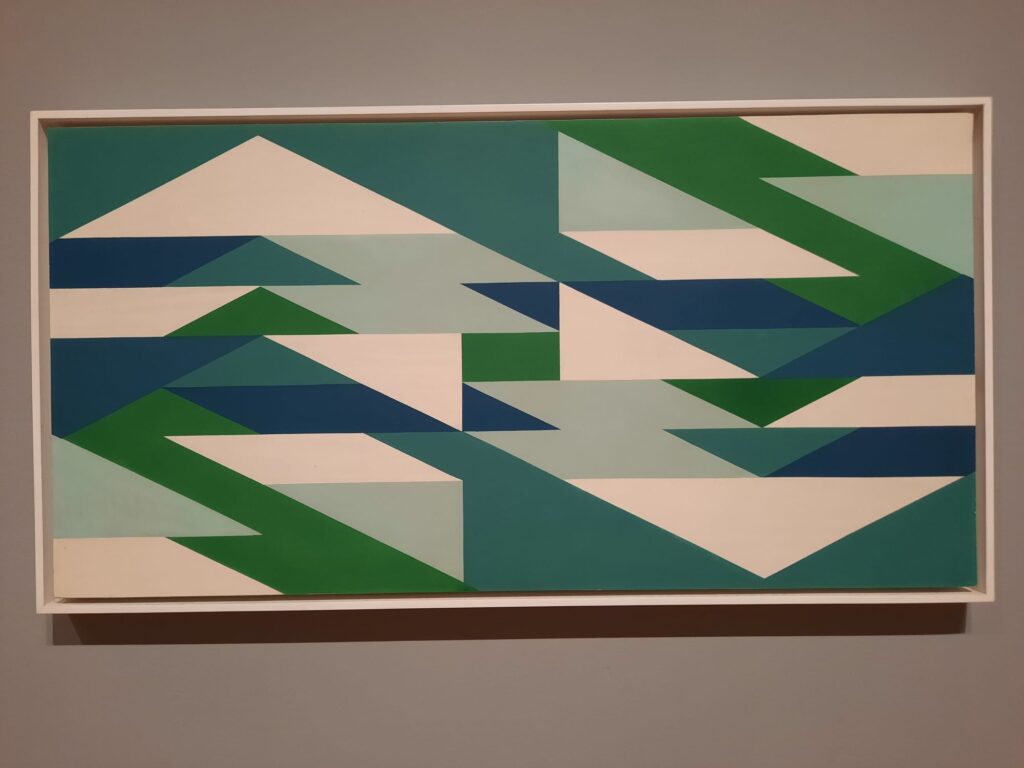
A Pair of Exhibitions at the Whitechapel Gallery
On a recent trip to the Whitechapel Gallery in East London I had the opportunity to see not one, not two, but three whole exhibitions. We’re here to talk about two of them today. The first is Lygia Clark: The I and the You. The second is Sonia Boyce: An Awkward Relation. Lygia Clark was a Brazilian artist born in 1920 and who died in 1988. Sonia Boyce is a contemporary British artist born in 1962.
So why treat these exhibitions together? Well, I am merely following the Whitechapel Gallery’s curatorial choice. The third exhibition currently on view, Peter Kennard: Archive of Dissent, is for all intents and purposes separate. But these two are presented in tandem. We are to see them as a dialogue or perhaps a progression, seeing links between the two artists’ work, particularly in the area of participatory practice. A sort of compare and contrast. Boyce has even helped to curate Lygia Clark: The I and the You, suggesting there should be a good understanding and synergy.
We will get into the detail in just a second. But for me, this pairing was not quite as strong as intended. Each exhibition is a small but interesting introduction to the respective artist. Staging them as two self-contained exhibitions one after the other, didn’t quite work for me. It read more as if Lygia Clark is a springboard for understanding Sonia Boyce. The exhibition of Boyce’s work, however, is the weaker of the two, presenting only a sliver of her artistic skill and output. It was only by spending time in a downstairs screening room playing documentaries on each artist in turn that I was able to piece together the connections between them and understand the curatorial intent in juxtaposing them.
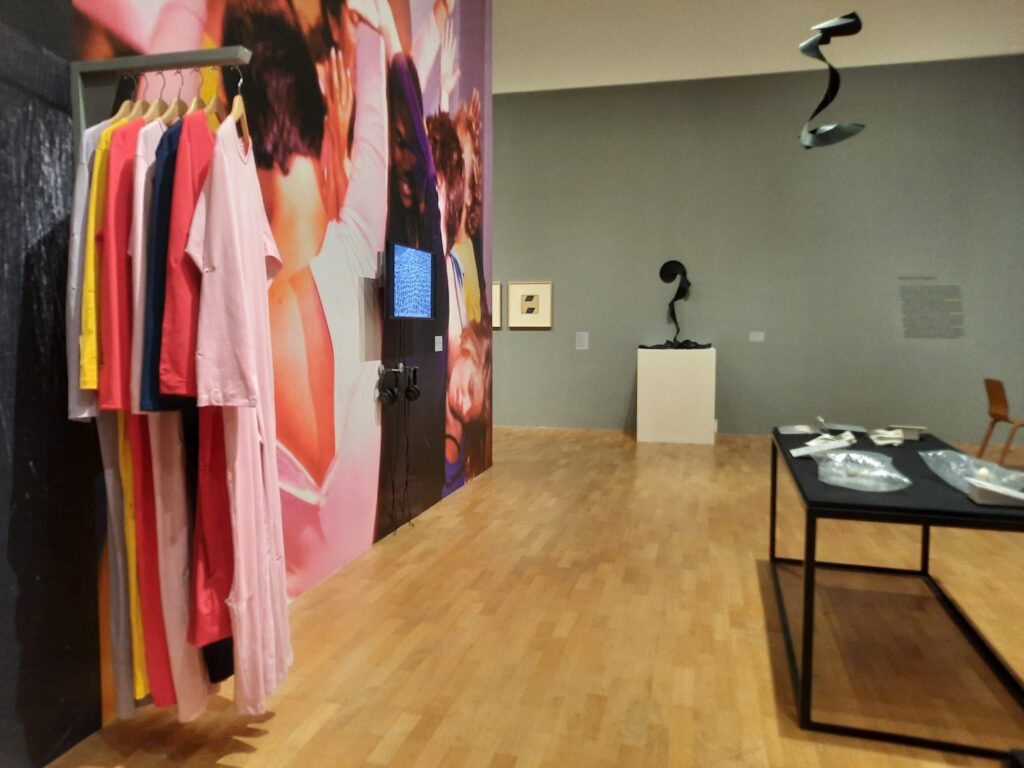
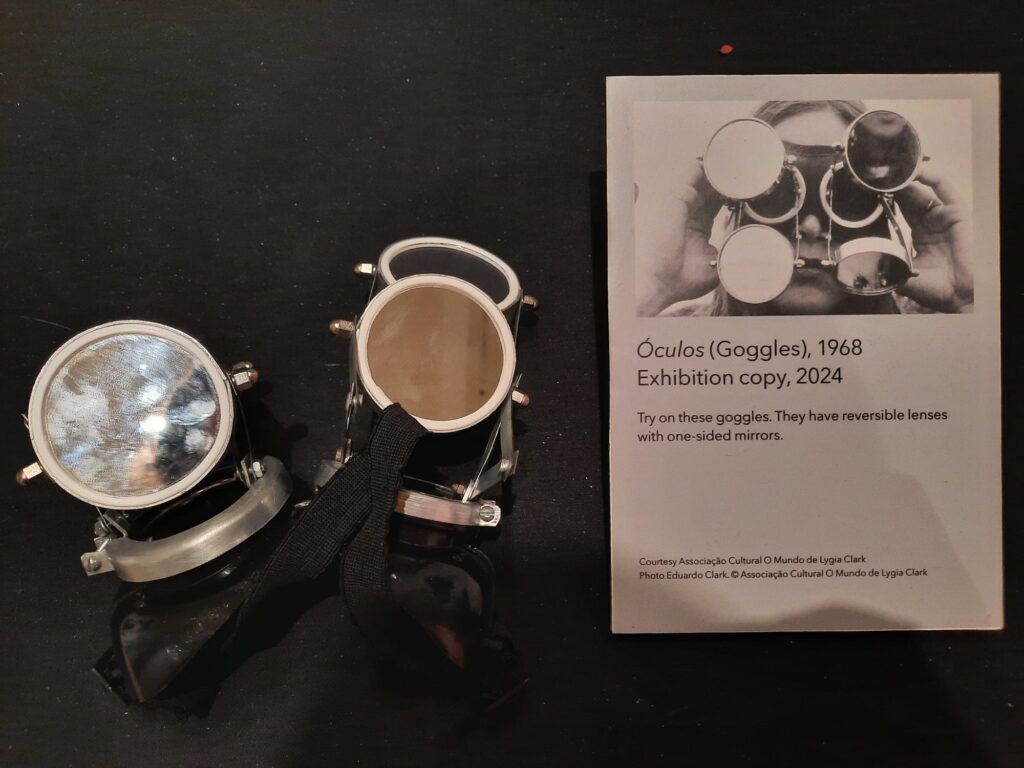
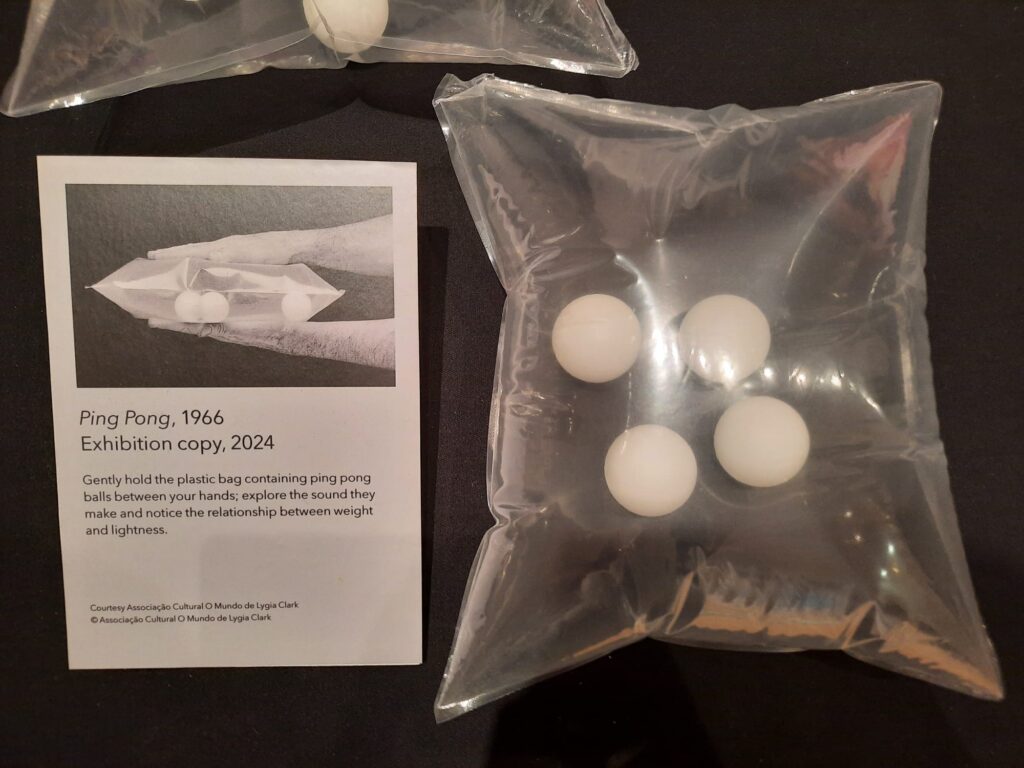
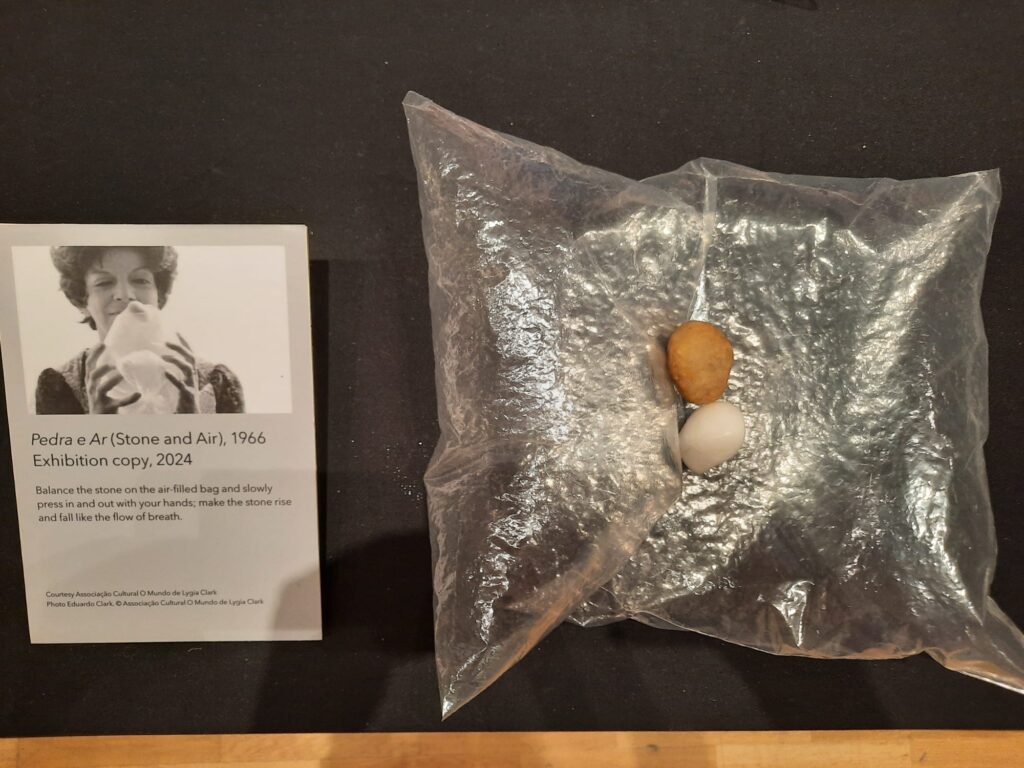
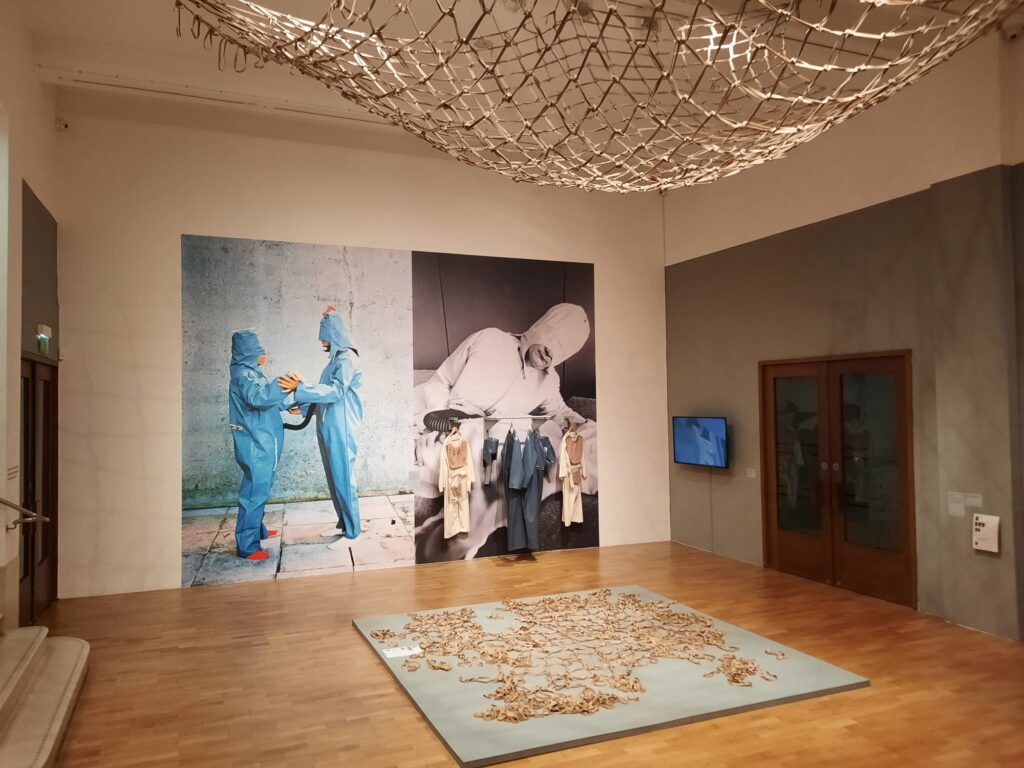
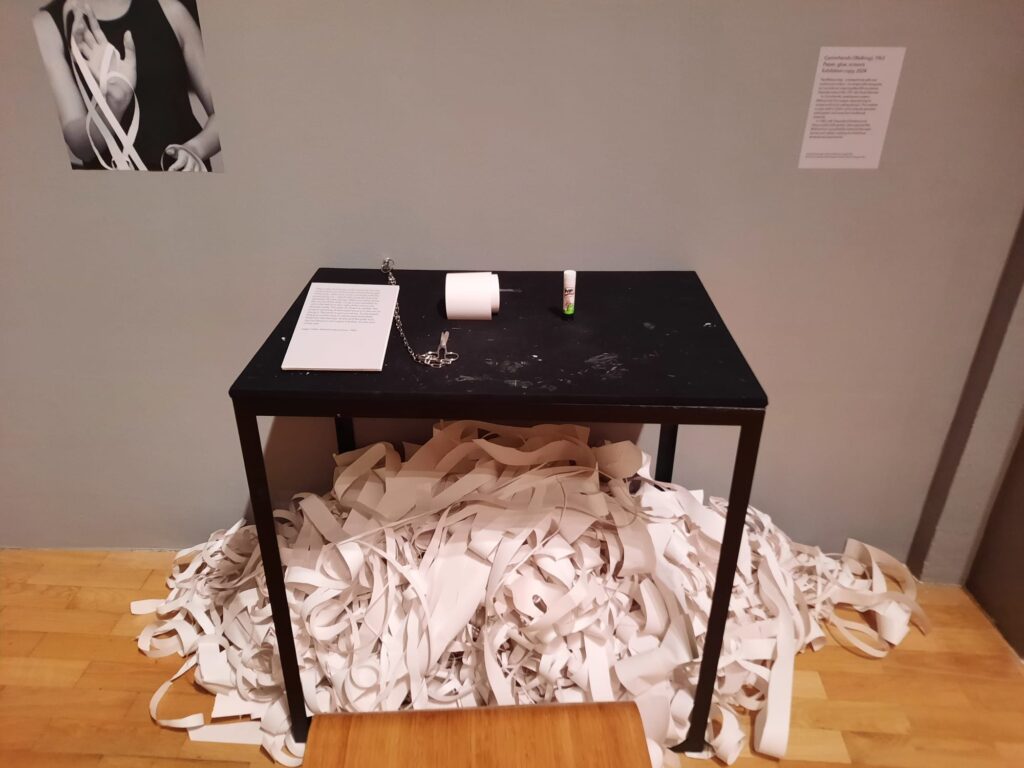
Lygia Clark: The I and the You
Having established there’s an uneasy connection between the two exhibitions, let’s now look at each in turn. The first one up is Lygia Clark: The I and the You. Clark, as I said, was born in Brazil in 1920. Clark was her married name – she moved with her civil engineer husband to Rio de Janiero and had three children before ever embarking on a career in art. She first took up painting in 1947.
Clark is most strongly associated with the Brazilian Constructivist and Neo-Concrete art movements. The first was all about the rational, abstract and austere reflection of modern industrial society. The latter rejected pure rationalism and argued for more colour and sensuality in art. The first half of the exhibition deals in these works. We see paintings, sculptures and maquettes with a keen sense of line and occasional colour. The works are already playful at this early stage, breaking out of the confines of the frame into the space beyond. And they’re participatory! Clark is also known for her Bichos (Critters), metal sculptures that can be endlessly repositioned. A couple of examples are behind Perspex, while visitors are encouraged to play with several reproductions on plinths.
In later years, Clark increasingly focused on art as therapy, and came to position her audience as participants rather than viewers. Again the use of reproduction artworks means we get a feel for what this meant to Clark. Some of it falls much more into therapy than art per se, but I enjoyed playing with the plastic bags, paper and sea shells. There’s also documentation and costumes relating to works which blurred the line between art, performance art, therapy and participation. If you plan ahead, the Whitechapel Gallery are ‘activating’ (restaging) some of these works on specific dates.
All in all I enjoyed getting to know a new (to me) artist. Lygia Clark’s work is so evocative of the post-war period in its democratisation of art, academia, museums, and so on.
Salterton Arts Review’s rating: 3/5
Lygia Clark: The I and the You on until 12 January 2025
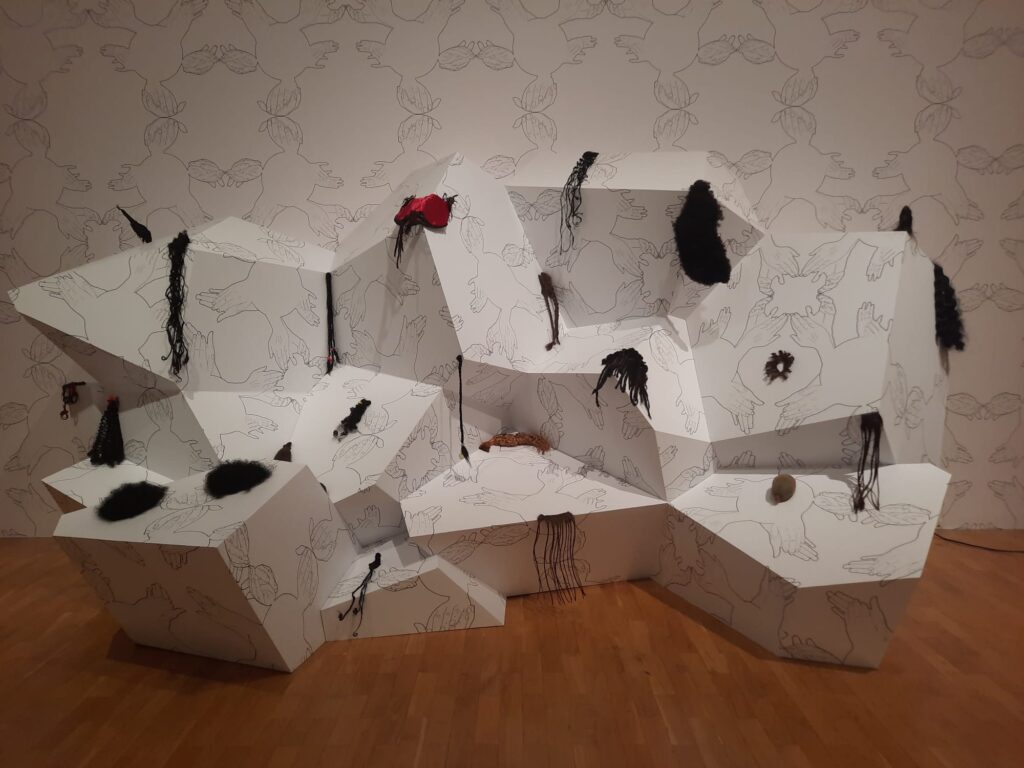
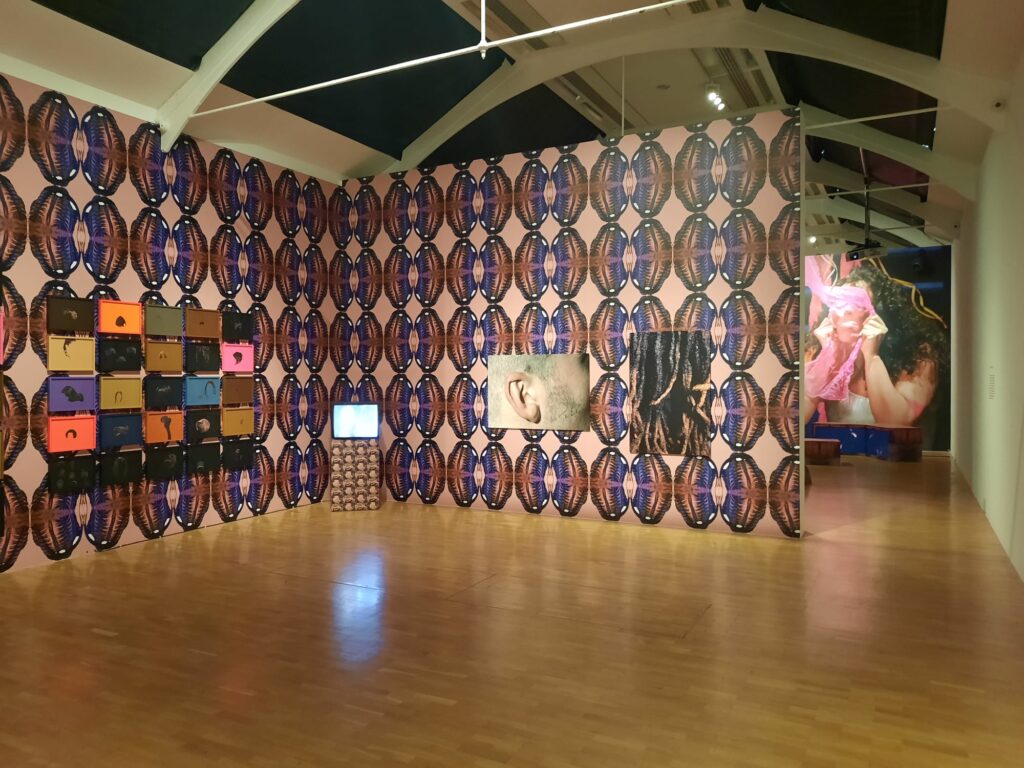
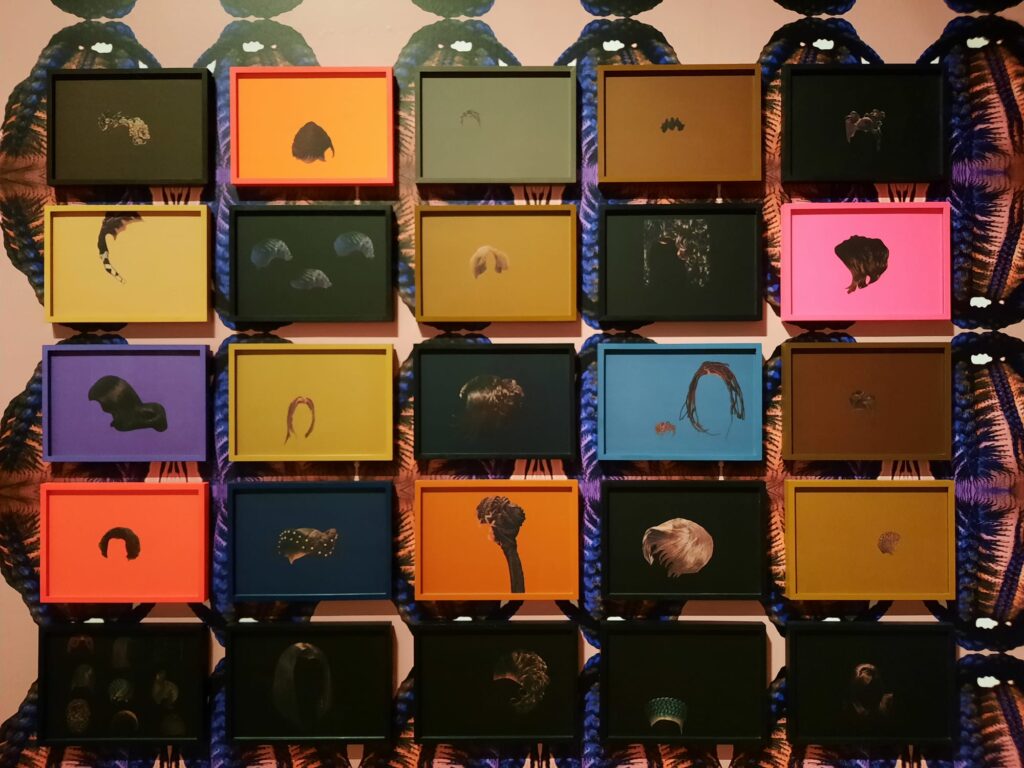
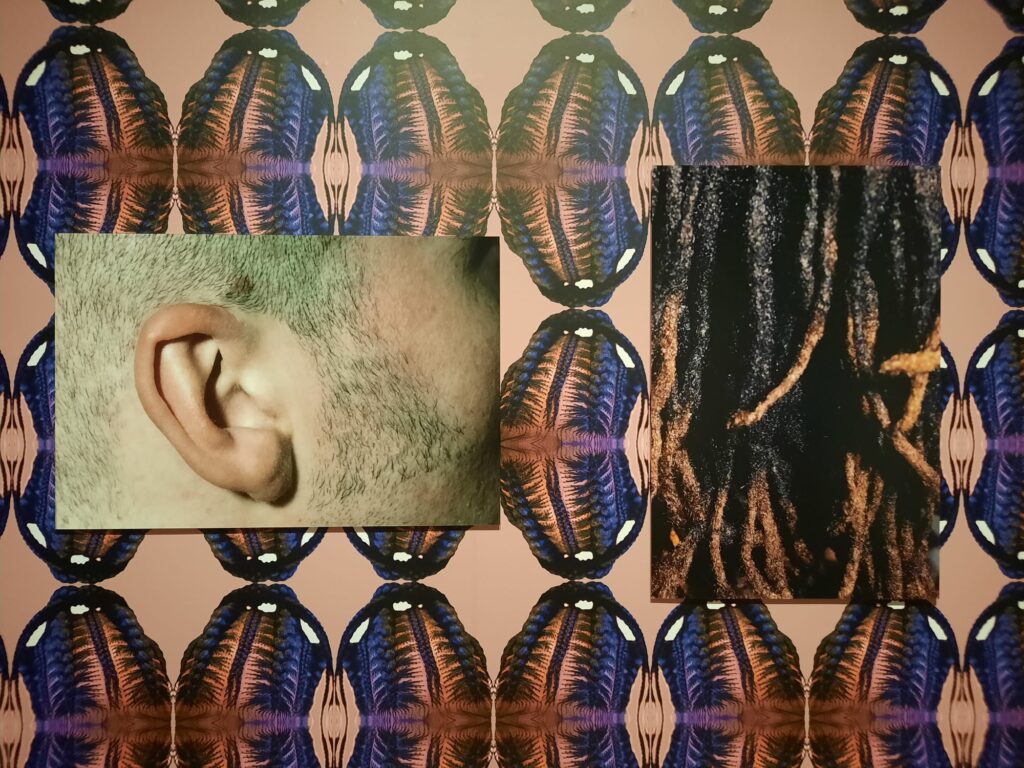

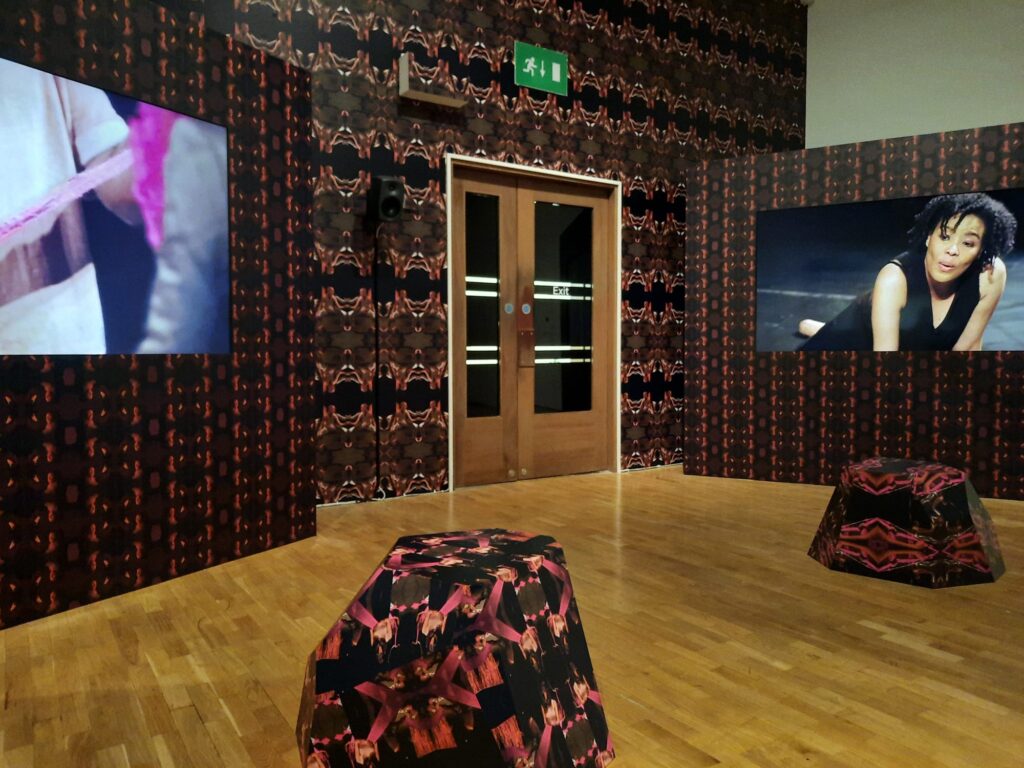
Sonia Boyce: An Awkward Relation
When I headed upstairs, I thought there might be a bit more of Lygia Clark somewhere. But it turned out we had left her behind, and were now onto Sonia Boyce. This exhibition, An Awkward Relation, is curiously empty for an artist with a long and rich career behind her.
Sonia Boyce was born in London in 1962. She studied art at East Ham College of Art and Technology and later Stourbridge College. She has long been a trailblazer, including being the first ever female Black Royal Academician in 2016, and the first Black woman to represent Britain at the Venice Biennale in 2022. Boyce is also a multi-disciplinary artist. From beginnings in drawing, collage and photography, her later works have focused on installations and participatory performance.
And so it’s here that we start to find parallels with Clark. Unlike the exhibition downstairs which charts the evolution of the artist’s practice, however, we encounter Boyce fully ensconced in her mature practice. The primary drawback of An Awkward Relation is, in my opinion, that it only includes a limited selection of works. In the first room we encounter Do you want to touch?, a 1993 work in which visitors can interact with examples of real and synthetic hair. Hair continues as a key signifier in the next room where we find framed images of different hairstyles, and a work in which a Black woman and White man’s hair is plaited together, bringing to mind Marina Abramović and Ulay’s 1977 Relation in Time.
The main focus, however is on We move in her way (2017). This video installation artwork takes footage from a performance of the same name at the ICA in 2016. What was to be a 30 minute performance took over two hours because the audience became so involved, interacting in unexpected and playful ways with improvisational performers.
On their own the works are interesting. As an exhibition it feels a bit light. I would like to see a proper survey of Boyce’s work some time. And as a dialogue, I felt the two exhibitions were like parallel tracks, close to each other but never converging. Maybe with different scheduling the Whitechapel Gallery might have had more space for dialogue in the galleries taken over by that third exhibition? If you visit, do take the time to watch some of the films downstairs, however, as a way to knit the experience together once more.
Salterton Arts Review’s rating: 2.5/5
Sonia Boyce: An Awkward Relation on until 12 January 2025
Trending
If you see this after your page is loaded completely, leafletJS files are missing.

